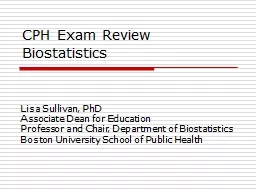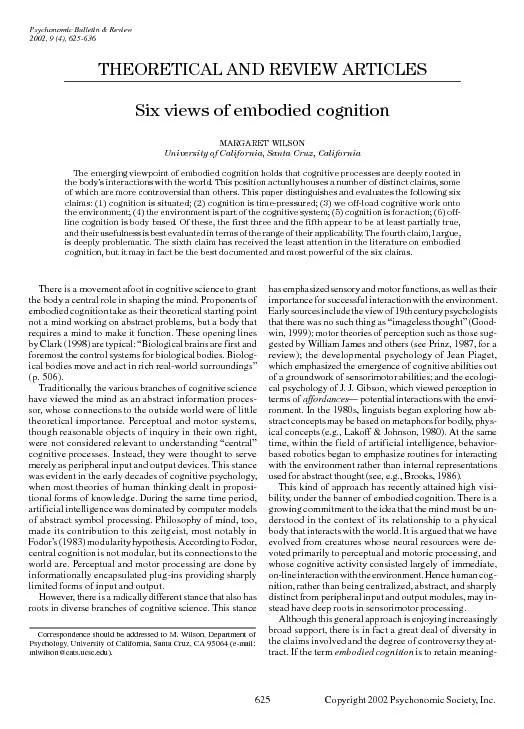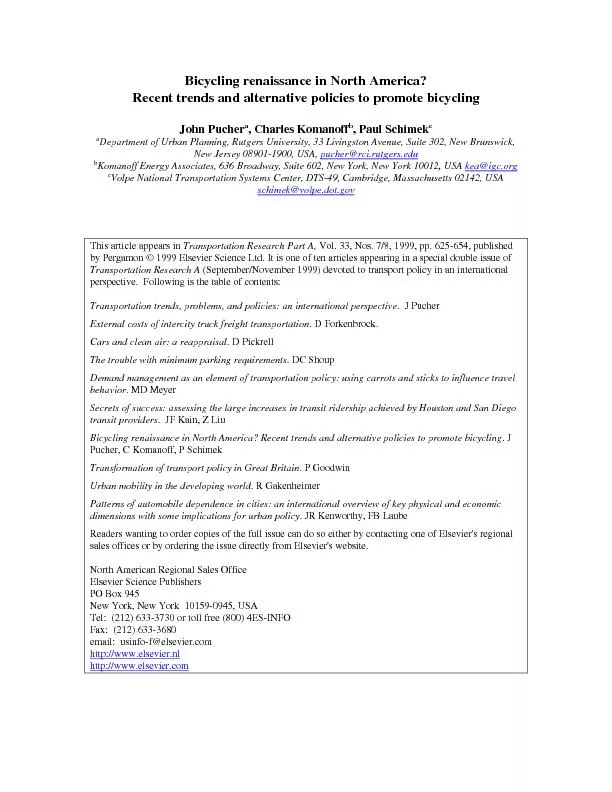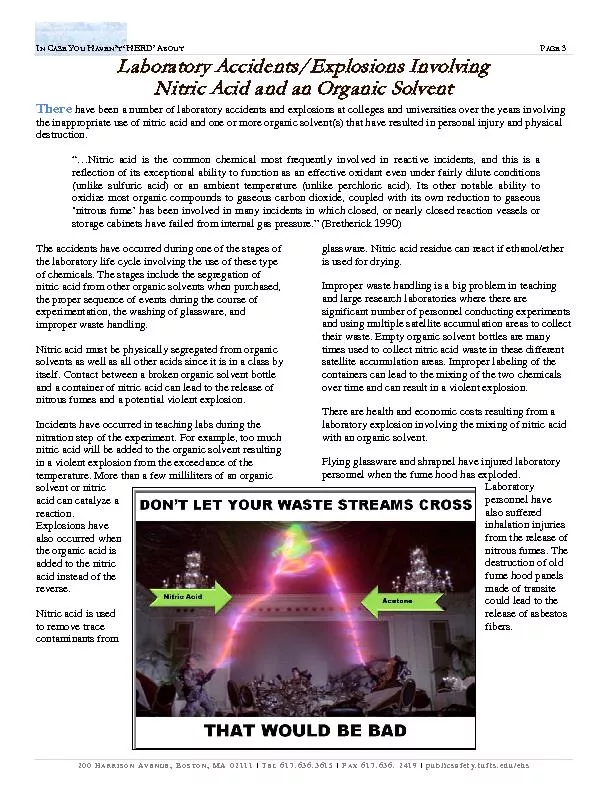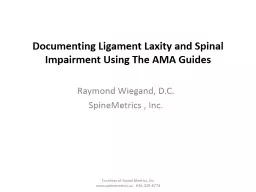PPT-CPH 636 - Dr.
Author : tatyana-admore | Published Date : 2016-08-02
Charnigo Chap 3 Notes The authors discuss linear methods for regression not only because of their historical importance but because especially with some modern innovations
Presentation Embed Code
Download Presentation
Download Presentation The PPT/PDF document "CPH 636 - Dr." is the property of its rightful owner. Permission is granted to download and print the materials on this website for personal, non-commercial use only, and to display it on your personal computer provided you do not modify the materials and that you retain all copyright notices contained in the materials. By downloading content from our website, you accept the terms of this agreement.
CPH 636 - Dr.: Transcript
Download Rules Of Document
"CPH 636 - Dr."The content belongs to its owner. You may download and print it for personal use, without modification, and keep all copyright notices. By downloading, you agree to these terms.
Related Documents



